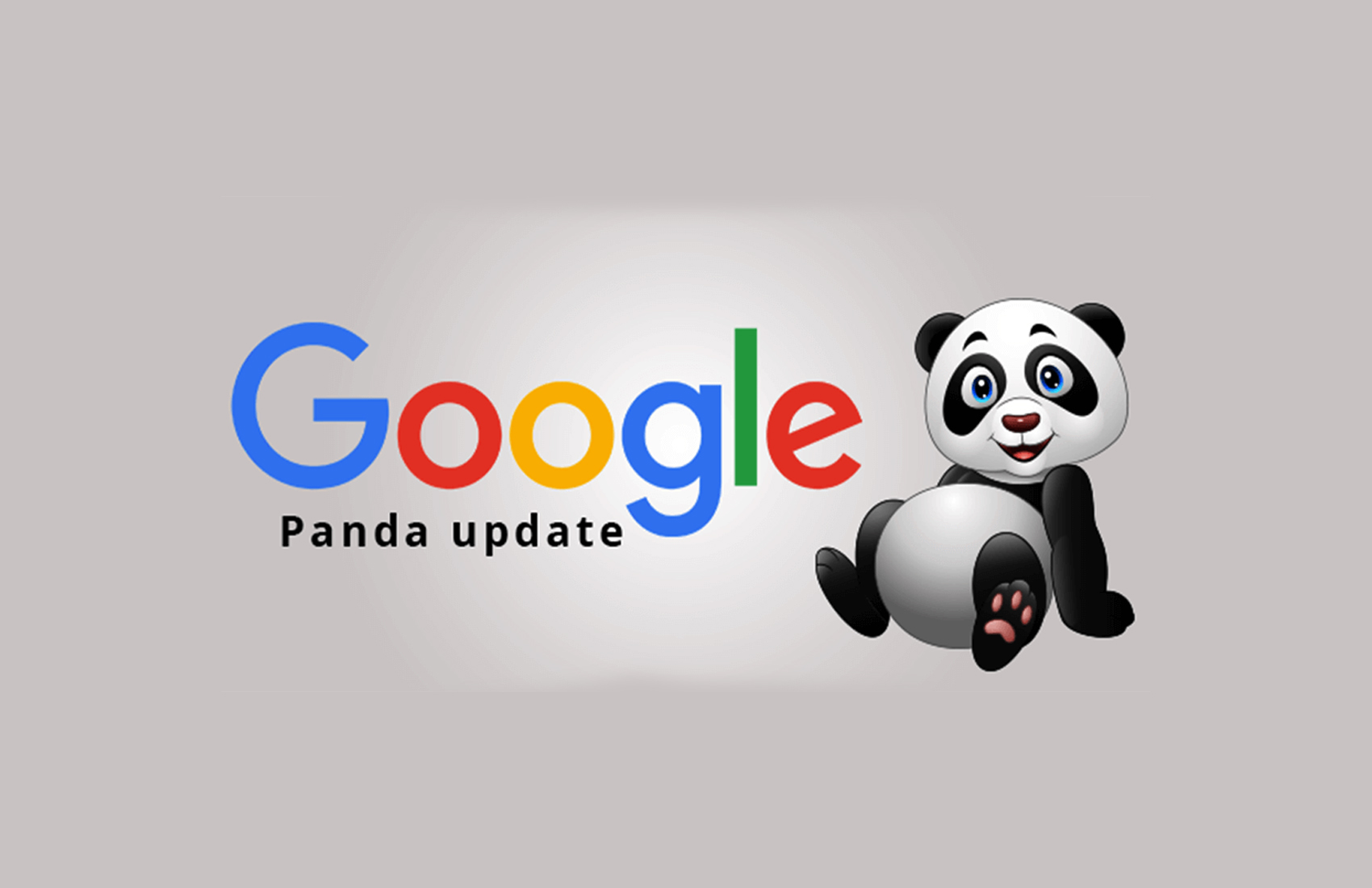What is Google Panda Update
Basically, we can say google panda update or algorithm is a filter which came to the limelight on 23 February 2011. The objective of Google panda update is to ban the websites containing low-quality or poor content to make their way to the top of the search results.
Earlier it was known as “Farmer Update” as it was affecting content farm. But then after it was named as “Panda” by the name of one of his creator Navneet Panda.
A lot of sites were affected when it came in the action. Many people think that panda algorithm targets the site with the un-natural backlinks pattern. It has nothing to do with backlinks, all it matters is on-site quality.
The sites are affected by Google Panda update by the following bounds:
- Thin content.
- Duplicate content.
- Low-quality content.
Thin Content:
A “thin” page can be referred to a page which is useless or less useful to the reader. This doesn’t mean that all your pages should be super-informative, but if maximum web-pages are indexed in Google, it is due to low-quality content and the site will be banned.
Duplicate Content:
We can define duplicate content as a content that emerges in more than places. When your site has an extensive amount of duplicate content. Google has the feature of inspecting the duplicate content, then your site will not be favored by Google.
Low-Quality Content:
The low-quality content is the content that did not contain proper and relevant information. There might be few poor words, sentences or data that might be matching with other site’s content.
Below are given the methods responsible for low-quality content:
- Irrelevant content without search engine traffic.
- Very less traffic generated content.
- Duplicate content.
- Less word count content.
- Duplicity detected by plagiarism check.
Make your website secure from Google Panda Update:
- Understand the topic or subject very well. This will not let you use content from other sites instead you will create your own description. This helps you to create unique content thus driving a large number of visitors.
- Don’t refurbish low-quality content to your website.
- Always watch the word count. Recommended between 300-600 words. Try to avoid bounce rates on all articles. Write catchy content.
- Check your keyword density. If all your articles have all-time high-density keywords (keyword stuffing) then there might be chances that your website will be marked as spam, when panda update will be refreshed.
The percept to save your website from spamming is to avoid spinning of words, as Google is pretty good at catching spinner words. Always write the original content.
Click here to know more about Google Panda update
Click here for Google Algorithm Change History








